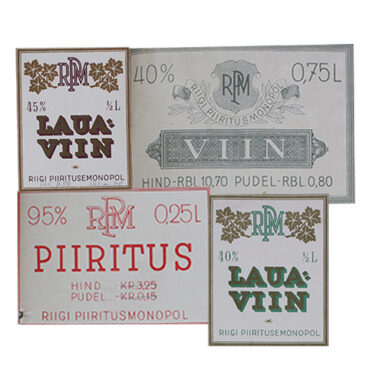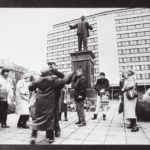“Viinaklaasi upub enam inimesi kui merre“ [Estonian proverb]
“More people drown in a glass of vodka than in the sea”
Vodka (viin) has been a part of Estonian life for centuries. Love it or hate it, this famous fiery beverage has featured heavily in the story of this country, fuelling traditions, rebellions and even international smuggling rings! Let’s take a look at some of the most interesting stories from Estonia’s 500 year relationship with vodka.
The Birth of Estonian Vodka
The Viin Era in Estonia dates back to at least the 15th or 16th century. At this time, Baltic German landowners began distilling spirits from locally grown rye. By the 18th century, vodka distillation was a booming business, with manors across Estonia operating their own distilleries. In fact, many of the beautiful manor houses standing in Estonia today were built on money from viin.
The Vodka Kitchen of the Russian Empire
When Estonia became part of the Russian Empire in the early 18th century, it quickly transformed into a major producer of vodka for the vast empire. According to Moe, there were 731 distilleries in Estonia in 1799!
On one hand, this was fantastic news. This booming industry created many jobs for ordinary citizens in distilling, transportation and raw material production. On the other hand, increase the production of viin and very soon people will realise how effective this drink can be in calming the nerves or fuelling the party. Vodka consumption skyrocketed and alcoholism became a real problem.
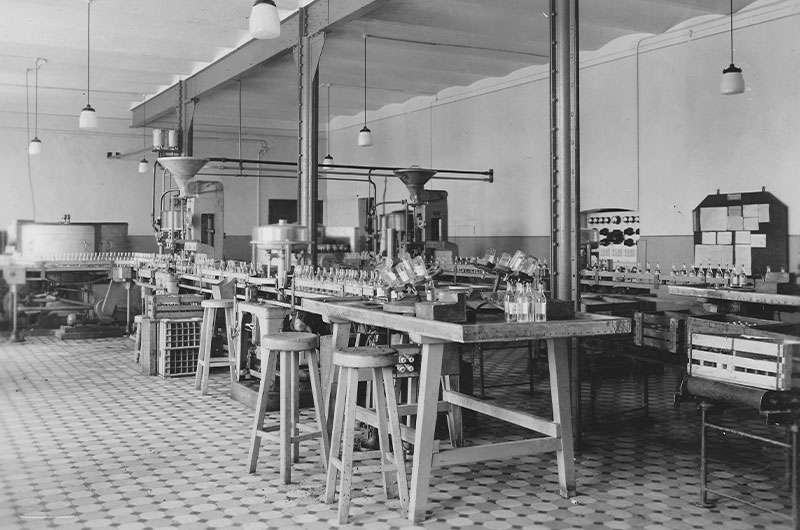
The Great Vodka Smuggling Era
Unbelievably, the Finns had alcohol prohibition from 1919–1932. Can you imagine the horror?
Never fear though, Finnish brothers and sisters, your friendly neighbour is here to ease your suffering. So, predictably, Estonia became the go-to source for illegal vodka in Finland during this period. The recent book Vodka Sea tells how Smugglers, known as “viinatrokarid,” would pack their boats full of Estonian spirits and race across the Gulf of Finland under the cover of night. The Finnish authorities tried to stop them, but Estonian bootleggers were too fast, too clever, and too determined to make money. Some even developed floating vodka caches, where barrels were tied to hidden ropes beneath the water, allowing buyers to retrieve them later without being detected.
The smuggling trade was so widespread that Estonian viin became Finland’s unofficial national drink during this period.
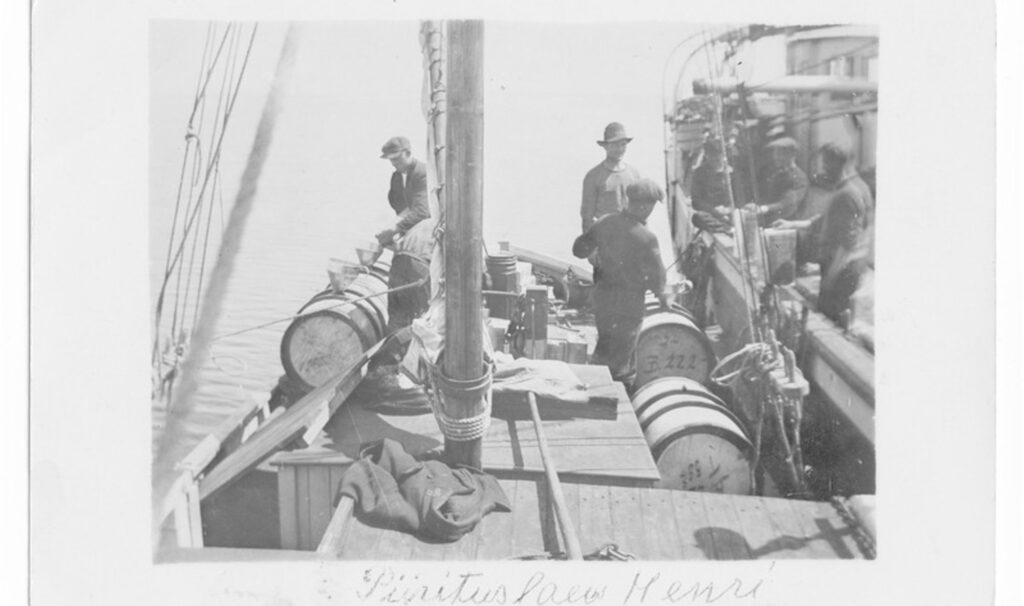
Vodka in Soviet Estonia
When Estonia was occupied by the Soviet Union in 1940, vodka drinking became a central part of Soviet life. Celebrations, national holidays, business deals and post-work downtime often featured a bottle of viin. State-run distilleries mass-produced vodka to meet demand, with brands like Viru Valge becoming household names. At the same time, the Soviet government struggled with rising alcoholism, leading to occasional crackdowns on drinking. We’ve all seen that famous poster…
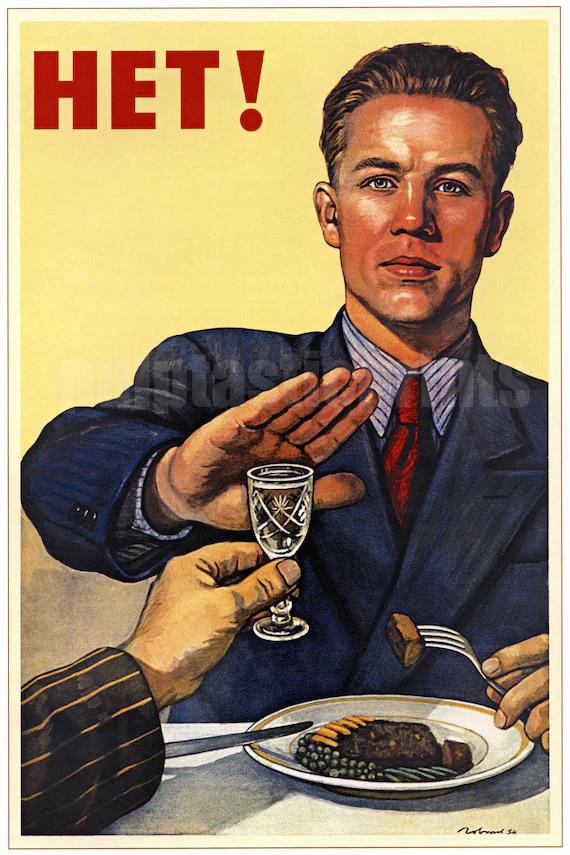
Despite this attempt, vodka was a key part of Soviet social life. In some instances, it became a kind of unofficial currency. Many items and products could be procured in Soviet Estonia in exchange for a few bottles of the good stuff.
The Moe Distillery Plane Crash
The Moe plane crash occurred on April 19, 1977, in Lääne-Virumaa. A Soviet Air Force An-24 passenger plane, which was carrying military pilots from Pärnu Airport to Tapa, grazed the 32-meter-high brick chimney of the Moe Distillery boiler house with its wing shortly after takeoff.
One of the plane’s engines caught fire in mid-air immediately after impact. The plane then crashed into a nearby field in an inverted position, where it remained. There were several reasons for the accident: an unexpected snowstorm, violation of flight safety regulations, and the absence of red warning lights on the chimney.
All 15 pilots and 6 crew members who were on board as passengers died in the disaster.
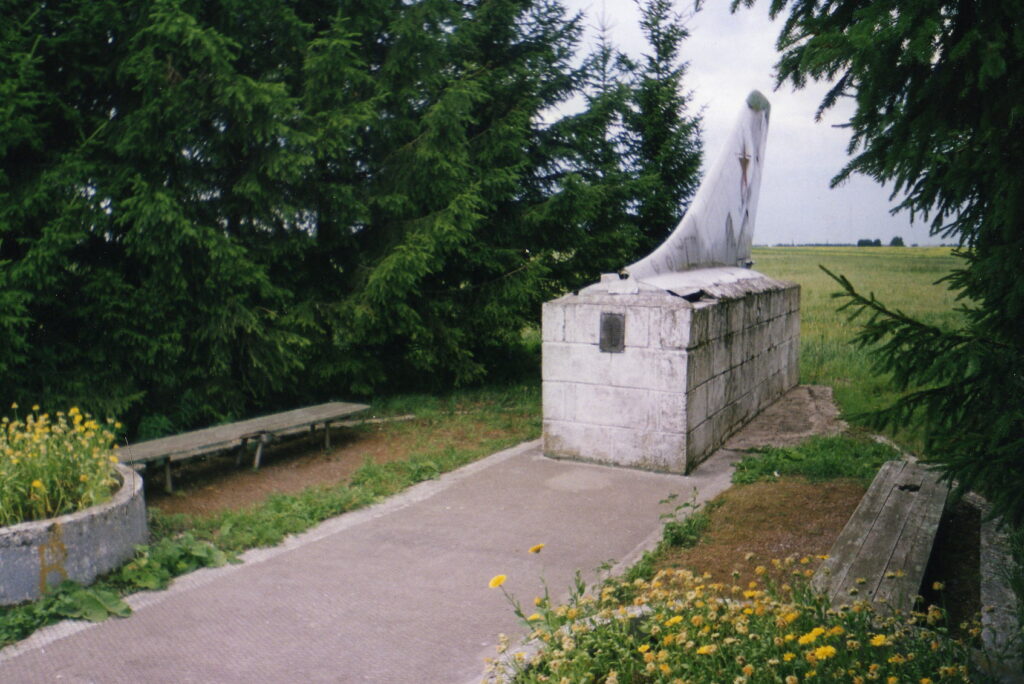
Memorial for all those who lost their lives in the crash
The Tragedy of the Lemon Vodka
One of the darkest chapters of this story took place in 2001, when a tragic case of mass methanol poisoning struck the town of Pärnu. Sergei, an underground dealer, decided to maximize profits by selling industrial methanol as drinkable vodka. The toxic batch spread rapidly through Pärnu’s secret viin market, killing 68 people and leaving over 40 others permanently disabled. This story has been well-documented in the Estonian news and despite the level of devastation caused, Sergei only received a five-year prison sentence.
Since then, Estonia has learned its lesson. This tragedy prompted much tighter regulation and controls on both legal and illegal alcohol production. Today, the legacy of the disaster serves as a grim reminder of the dangers lurking in the black market vodka trade.
A special shoutout for Laua Viin ❤️
There is a special place in my heart for Laua Viin (a.k.a. Table Vodka). This is famously cheape vodka brand has become synonymous with some of the more eccentric drunks in Estonia. From the iconic label to the internet memes, Laua Viin is famous in Estonia (perhaps for all the wrong reasons). Many a terrible decision has been made with the help of this drink.
Why do I have such a soft spot for this beverage? Well, there is not a single abandoned building in Estonia that doesn’t contain at least one empty bottle of Laua Viin. Like a sign from the gods, this drink is always there to welcome me during my urbex adventures.
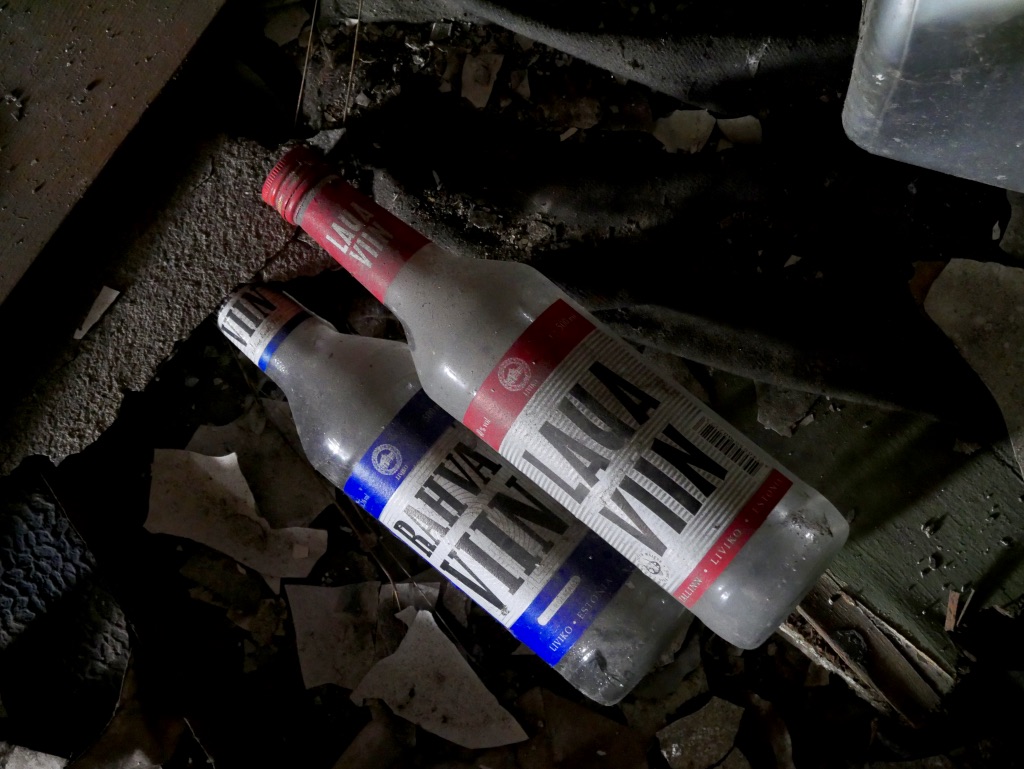
Record Breakers!
According to the vodka timeline on the Moe Distillery website, in 1939 the Estonian vodka monopoly broke the Guiness record for the strongest alcohol produced. The new record was set by a 98% Vol. potato ethanol. Blimey, I have a hangover just thinking about that one.

